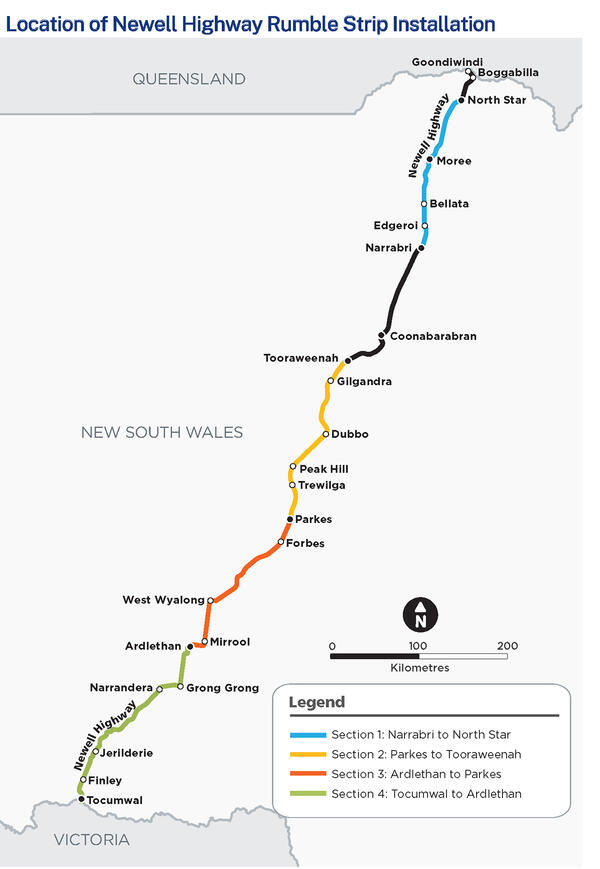Newell Highway rumble strips
Project overview
The Australian and NSW Governments are funding $398 million to improve safety and reduce the risk of head-on and run-off road crashes.
The project involves installation of rumble strips and enhanced line marking along the Newell Highway.

Latest news
June 2023 – Saving lives on the Newell Highway
Life-saving rumble strips have been rolled out along more than 650 kilometres of the Newell Highway to keep drivers alert and alive on one of NSW’s key regional routes.
View media release
View or download a larger version of the map.
Project information
Background
This project is a part of the Australian and New South Wales Government $398M investment in road safety improvements through the Safer Roads Program and is funded under the Australian Government's $140M stimulus contribution towards this program.
The program has been designed to address the number of people being killed and seriously injured on country roads by delivering a variety of safety improvements.
The NSW Government has developed the Saving Lives on Country Roads initiative, as part of the Safer Roads Program, to help address the number of people being killed and seriously injured on country roads. The program has been designed to deliver a number of safety improvements for high risk country roads.
The primary objective of this project is to install rumble strips along almost the entire length of the Newell Highway to reduce the occurrence of fatigue related crashes. Rumble strips have already been installed between Coonabarabran and Narrabri. The North Star to Boggabilla section will be completed as part of a separate project later in 2021.
Rumble strips are installed by a small buggy at walking pace (approximately 3 kilometres per hour) on both the centre and edge lines and will be delivered in four sections along the Newell Highway.
Installation locations:
- Section 1: Narrabri to North Star (157km)
- Section 2: Parkes to Tooraweenah (162km)
- Section 3: Ardlethan to Parkes (160km)
- Section 4: Tocumwal to Ardlethan (190km)
Community information
Frequently asked questions (FAQs)
What are rumble strips and how do they work?
Rumble strips, also known as Audio Tactile Line Marking (ATLM), are small raised bumps generally placed on the edge lines and centrelines of roads. Rumble strips help prevent crashes associated with driving tired and distraction. They alert drivers or riders when they are drifting out of their lane by generating a distinct sound and vibration. This allows the driver or rider time to correct their path and reduce the risk of a crash.
What are the safety benefits of rumble strips?
Rumble strips are estimated to reduce the likelihood of vehicles departing their lane by up to 25%. When installed with wide centreline, rumble strips can reduce fatalities and injuries from head-on crashes by up to 65%.
How do rumble strips improve safety?
Rumble strips provide a noise and vibratory warning to a driver or rider who has drifted from their lane due to fatigue or poor visibility due to rain or fog.
Rumble strips are intended to allow drivers the opportunity to correct their path when their vehicle comes into contact with them.
This treatment targets run-off-road and head-on crashes. It is also particularly effective in night-time conditions or adverse weather conditions.
Are rumble strips noisy?
Rumble strips are loud enough to be heard by the driver, but not excessively loud. When rumble strips are installed less than 200m of a residential building, assessments are completed to determine any negative potential noise implications for nearby residences and any broader community impacts. In all instances, rumble strips are installed to prevent crashes from occurring and carry significant positive safety impacts.
Image Gallery
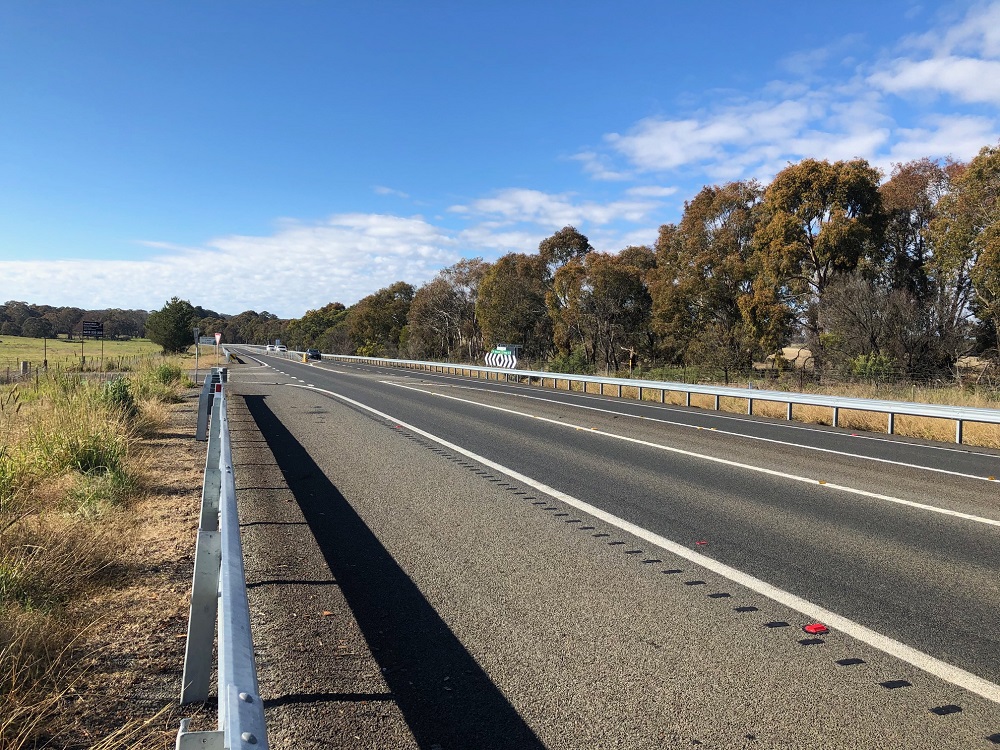
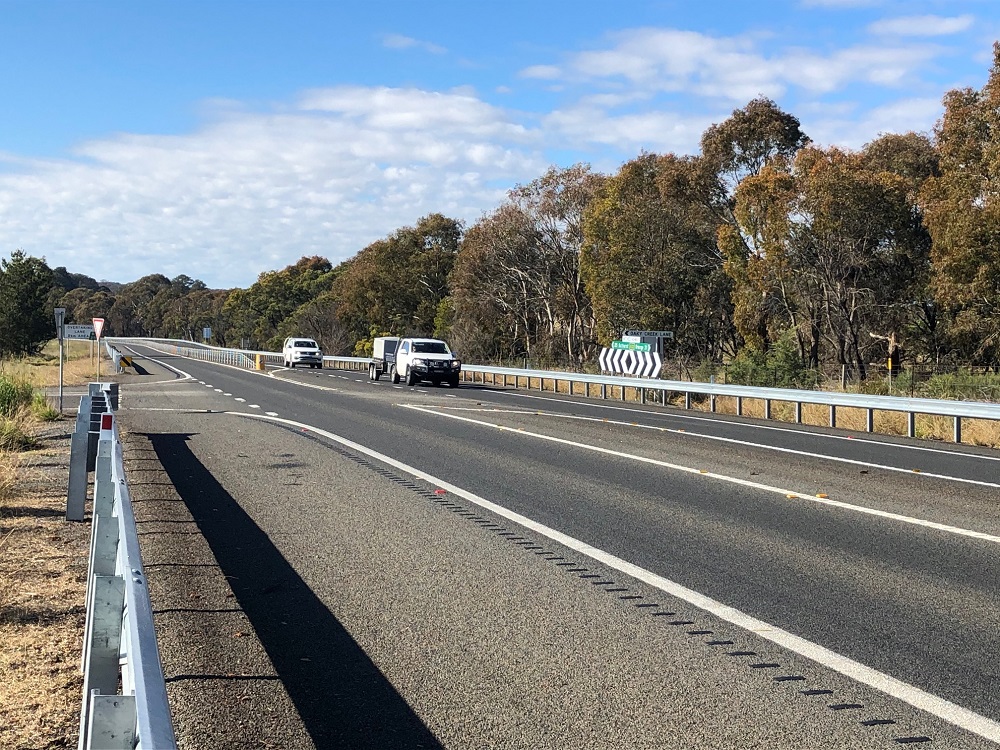
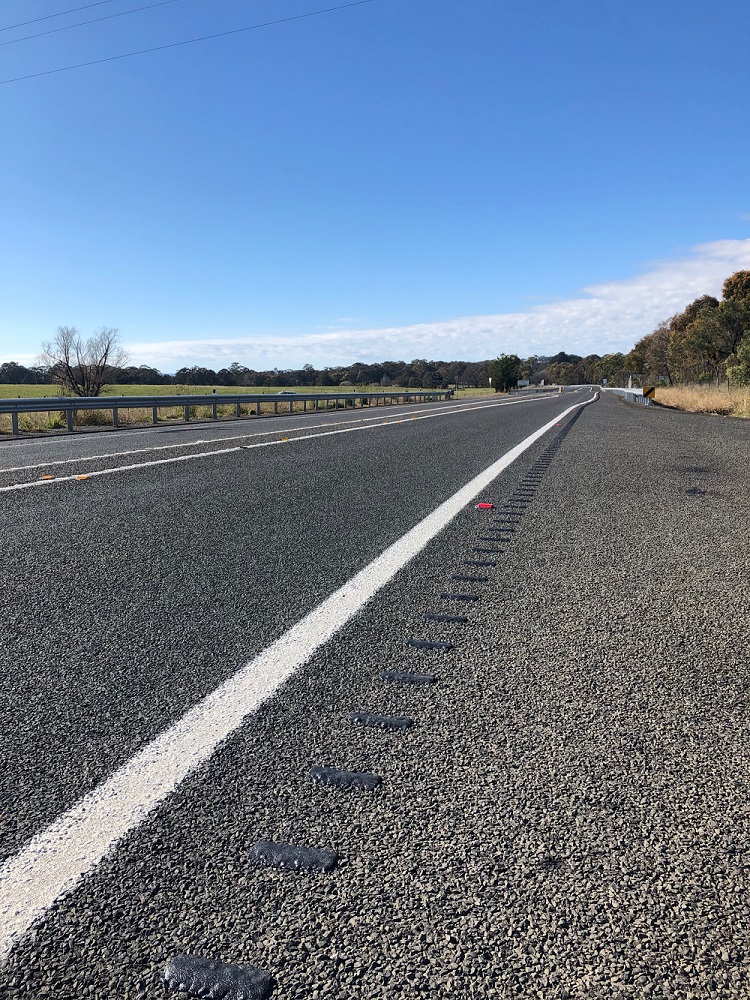
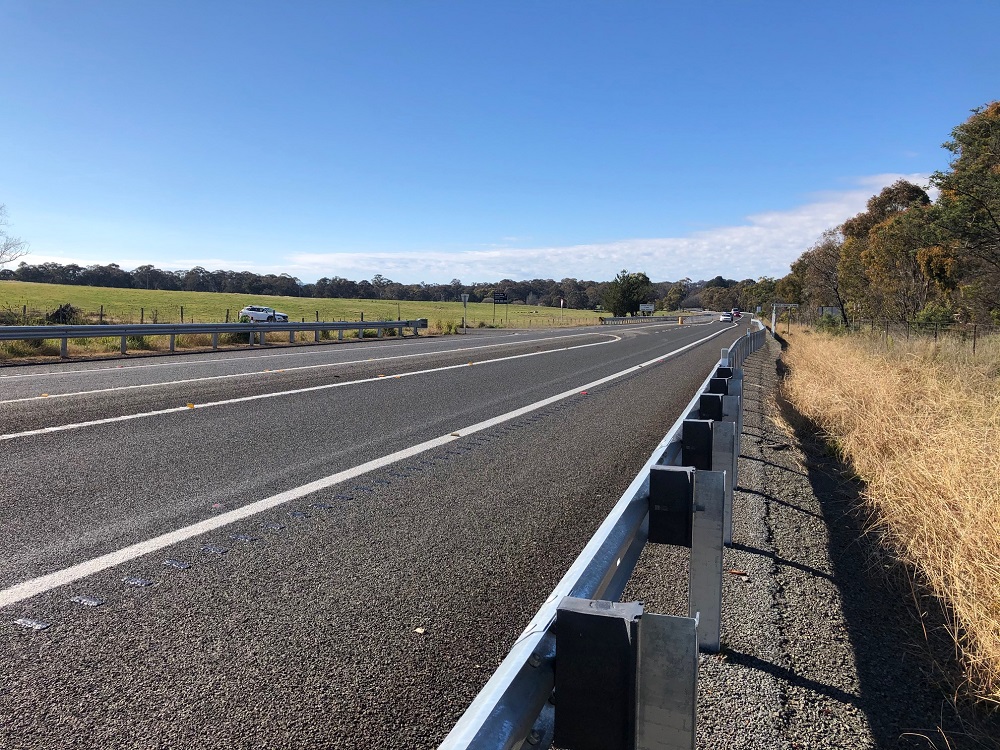
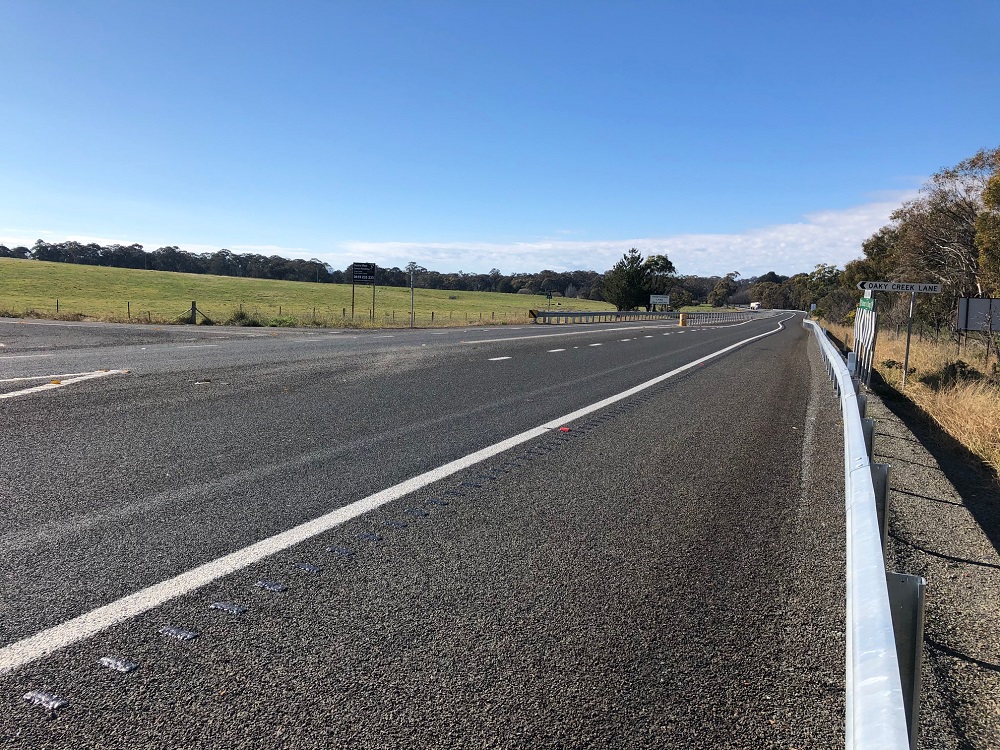
Rumble strips reduce the likelihood of vehicles departing their lane by up to 25%
Rumble strips reduce the likelihood of vehicles departing their lane by up to 25%
Rumble strips reduce the likelihood of vehicles departing their lane by up to 25%
Rumble strips reduce the likelihood of vehicles departing their lane by up to 25%
Rumble strips reduce the likelihood of vehicles departing their lane by up to 25%
Project documents
Some documents on this page may not comply with accessibility requirements (WCAG).
If you are having trouble accessing information in these documents, please contact us.
Project notifications
- May 2022 notification
Installation of rumble strips on the Newell Highway.
- November 2021 notification
Installation of rumble strips on the Newell Highway.
January 2021 notification
Installation of rumble strips on the Newell Highway.
Contact us
For further information about this project, please contact:
Phone: 1800 167 499
Email: western.projects@transport.nsw.gov.au

